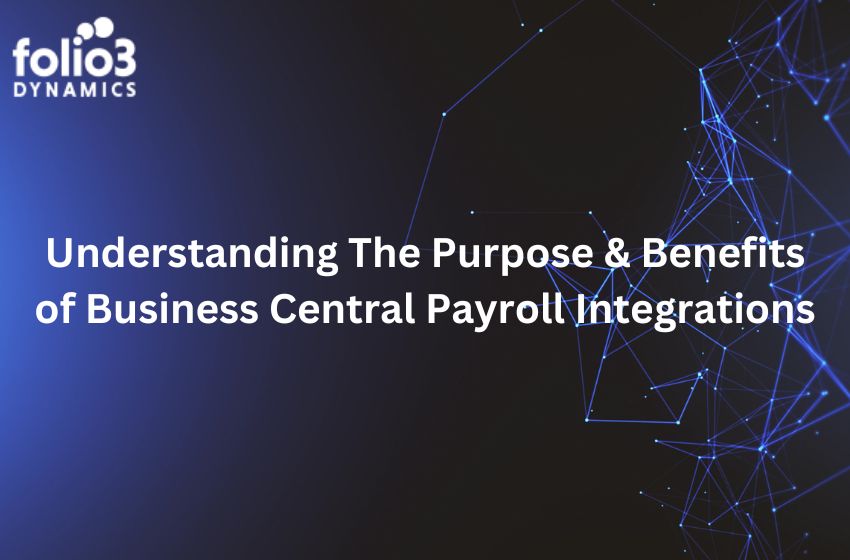Data migration is a crucial, albeit occasionally difficult, step in the implementation of an enterprise resource planning (ERP) system.
Every ERP system has a central shared database that enables staff members throughout the company to rely on the same, reliable set of data. An organization must transfer data from legacy systems into this database when implementing ERP software.
Data migration can be a difficult and time-consuming process. Underestimating the time and effort needed can cause the entire ERP implementation to be delayed, so it’s critical to plan carefully and execute properly. Because so many aspects of the business—including customer satisfaction, decision-making, the supply chain, and partner relationships—will rely on the database, its accuracy and completeness are crucial.
Data Migration: What Is It?
The process of moving data from its original sources to the database of the ERP system is known as ERP data migration. It frequently entails transferring data into a single, common structure from a variety of various systems, formats, and storage types.
Before the implementation of ERP, some departments may have relied on general-purpose tools like spreadsheets, while other groups may have used systems created specifically to support their own unique functions, such as standalone accounting or human resources applications. Businesses must adopt a methodical approach to ensure a successful data migration. Typically, this entails inspecting, extracting, cleaning, and transforming the data from each of these applications before importing it into the database.
Main Points
- Time, money, data redundancy, integrity issues, stakeholder support, and potential regulatory issues are some of the challenges associated with data migration.
- For an implementation to be successful, a clear ERP data migration strategy must be mapped out. Make a team responsible for data analysis, migration, and results in validation.
- The migration process should be started early to prevent postponing the ERP deployment, and the migration should be used to purge outdated historical data.
Why Is Data Migration Vital to the Implementation of an ERP System?
Since many people in various areas of the company will rely on this historical data, it is essential to ensure that the data in the new ERP system is accurate and complete. This is why the data migration process is so important.
The entire ERP implementation project can remain on schedule and within budget with the help of well-planned data migration. Additionally, it provides an opportunity to remove redundant and outdated data that may be hiding in the organization’s older systems. Under Prioritizing data migration, on the other hand, may result in problems like inaccurate or duplicate data and difficulties with your go-live date.
Data Migration Challenges
Several difficulties can arise during ERP data migration:
-
Redundancy and integrity of the data
Although different departments may keep copies of the same data about the same clients or goods, this does not imply that the information is the same. Data may be categorized differently by each department.
For instance, they might keep client names and addresses in various formats or use various addresses for the same client. You risk issues like duplicate or incorrect customer lists if you simply import every record from each departmental system into the ERP database.
-
Cost of data migration:
Data extraction, cleaning, and reorganization expenses can make up a sizeable portion of the overall ERP implementation budget. According to a report from ERP Focus, the cost of data migration can increase the overall cost of the new system by 10% to 15%, even if you are simply moving data from an old ERP system to a new one.
-
Buy-in from stakeholders
The top managers of the company have a lot of responsibilities, and ERP data migration may not be one of them. However, to prevent internal conflicts, there must be support from the top. As was already mentioned, different units might have been utilizing different systems specific to their own business requirements, and their staff might be accustomed to entering data in a particular way. To ensure that all groups work together to produce a single, consistent set of data, management support is frequently required.
-
Legal concerns:
The way in which organizations can store and utilize data is impacted by an increasing number of regional and sector-specific regulations. Be sure to adhere to those rules when transferring data. For instance, a healthcare organization must abide by HIPAA regulations that mandate a six-year document retention period. New laws, like the California Consumer Protection Act and the GDPR in Europe, demand that businesses maintain the ability to delete all of a customer’s personal data upon request.
How to Create an ERP Data Migration Strategy and Plan in Four Steps
It’s crucial to develop a data ERP migration strategy that takes into account a number of crucial components in order to guide the organization through the occasionally challenging process of transferring data to the ERP system.
-
Establish a migration team.
Organize a team of individuals who will be in charge of determining which data needs to be transferred and how to clean it up. Representatives from various business groups who can offer insight into how data is used by their groups will typically be included in the data ERP migration group, which is typically a part of your overall ERP implementation team.
-
Examine and visualize the data
Look for duplicate information and inconsistencies by carefully examining the data in each of the source systems. Prior to importing data into the ERP system, the data migration team will need to determine how to address those problems. You’ll also need to map the data to the ERP database’s structure during this phase of implementation so that automated tools can import the data.
-
Select the migratory items
It’s possible that older systems have information that is no longer accurate, including data on out-of-date products, suppliers, and customers who haven’t placed orders in a long time. Systems might also have records of previous transactions. Depending on your data retention policies, you may not need to use much of that information in the new system, so you can store it offline or in a different system.
-
Transform, verify, and test
Although you might first need to rationalize the data and in some cases convert it into a form that the ERP system can recognize, your new ERP system might include tools that help automate the process of importing data from systems. Test your migrated data for each business group and ERP application before going live.
4 Best Practices for Data ERPMigration
Employing best practices for ERP data migration can assist businesses in avoiding pitfalls and maintaining the overall ERP project’s timeline. Here are the top four methods:
- Make data migration a priority. Data migration requires a lot of work, which is easy to underestimate. If you don’t plan carefully, data migration can cause your entire implementation to be delayed. To prevent it from turning into a bottleneck, it’s critical to get started quickly and with enough resources. Create processes for removing and cleaning data from source systems as the implementation gets underway.
- Consider using the data for larger business purposes. Analyze your current data in-depth before beginning the migration, consider how it will be used within the ERP system, map it to the structure of the ERP database, and establish rules for converting the data to the new structure throughout the migration. By analyzing the data of the business, an ERP implementation offers the chance to gain better real-time insight into the operation. Therefore, when migrating, consider how data will be used for decision-making by both each department and the entire business.
- Responsible for data governance. Assign roles to your team and clearly define who is in charge of what data. For instance, the group will have to choose which redundant customer data is accurate and ought to be added to the ERP system. Additionally, this is a good time to designate someone to be in charge of overseeing compliance with any rules that apply to your company. A slip-up could cost you money in light of the CCPA and GDPR’s new regulations.
- Use data with caution. In the hope that you’ll need it someday, you might be tempted to hoard data and import every bit from your outdated systems into the ERP system. However, not all historical information is necessary to be immediately available or useful. In fact, importing every piece of historical data could be detrimental, slowing system performance and making it more difficult for users to locate the data they actually require.
You might not need to migrate certain data if no one on your team can provide a strong argument for why they need it in the new system. In the event that it is required for historical analysis or other uses, some businesses may choose to store historical data that they do not migrate in a separate system.
Tips on ERP Data Migration
An ERP data migration can be made successful by testing frequently and early on. Here are some pointers:
- As soon as you can, begin testing the new system with a small subset of your migrated data, and then gradually increase the size of your tests as time goes on.
- Begin with representative subsets of clients and orders, and then gradually broaden to include all information, uses, and applications.
- Go through your checklist and run tests where users perform all of their regular tasks on the new system; this can reveal issues that might otherwise go undetected.








